This article is part of the “Monitoring the pillars of democracy” series. It focuses on the seven pillars essential to defending democracy, as outlined in the Brookings Democracy Playbook 2025 published by the Anti-Corruption, Democracy, and Security (ACDS) project. The series includes research and commentary on actionable steps democracy actors can take to strengthen democratic institutions and protect freedoms in the U.S. and abroad.
When Donald Trump installed himself as chairman of the Kennedy Center’s formerly bipartisan Board of Trustees, the move prompted growing concerns about attacks on cultural freedoms in the United States. The Kennedy Center is a hallmark of our nation’s capital that champions arts education across the country, benefiting millions through programs like Changing Education Through the Arts (CETA) and Arts Across America.
Trump’s February 7 Truth Social post announcing his intention to install himself as chairman at the Kennedy Center specifically referenced future censorship of drag shows aimed at youth. Targeting the LGBTQ+ community in cultural censorship has been a global trend. In Kenya, for example, any “film, poster or program” that shows homosexuality is restricted. In Russia, Article 6.21 of the Code of Administrative Offenses prohibits disseminating “propaganda” that “create[s] nontraditional sexual attitudes” or makes them “attractive.” The law was documented by FreeMuse as the cause of approximately 75% of artistic freedom violations against LGBTQ+ artists in the country between 2018 and 2020, and Trump’s reference to drag shows would be consistent with this global trend.
In the early days of the second Trump administration, this increased control of artistic freedoms has extended beyond just the Kennedy Center. In addition to purging the Center’s bipartisan board, Trump also issued an executive order dismantling the President’s Committee on Arts and Humanities (PCAH), which was established to cultivate arts education by President Reagan.
Other executive orders restrict federal funding for “diversity, equity, and inclusion” (DEI) or “gender ideology.” The National Endowment for the Arts (NEA) and the National Endowment for the Humanities (NEH) have both issued directives since to any grant recipients that funds cannot be used to promote DEI or gender ideology. In a letter to NEA officials, over 450 American artists pushed back against the new guidance and requested the organization reverse it, writing, “abandoning our values is wrong, and it won’t protect us. Obedience in advance only feeds authoritarianism.” Though the legality of provisions of two executive orders relating to DEI remains unresolved following a district court judge issuing a preliminary injunction on February 21, the NEA and NEH directives currently remain in place.
The current administration’s actions double down on attempts during Trump’s first term to defund the arts at the federal level. For example, the previous Trump administration’s 2018 and 2021 annual budget proposals sought to defund the NEA.
The administration’s recent actions have reportedly had a “chilling effect” on communities at local and state levels, particularly given the trickle-down nature of federal arts funding. Forty percent of annual NEA allocations are budgeted to state, jurisdictional, and regional arts organizations; the same is true for the NEH, with 40% of funds distributed through a network of 56 humanities councils across the United States. As of late February, the full impact of new restrictions remains to be seen, as compliance for local and state grantees is not yet clear.
Cultural and artistic institutions like the Kennedy Center, PCAH, NEA, and NEH, along with other national, state, and local institutions across the United States, play an essential key role in preserving a functioning democracy and critical freedoms, as we emphasized in our recently published Democracy Playbook. The tightening of cultural freedoms by the administration also includes attacks on U.S. independent media and the banning of books in schools operated by the Department of Defense. If these efforts continue to metastasize, they could further polarize U.S. society and incite hatred and violence against individuals and communities targeted by these actions.
Authoritarians and suppressing freedom of expression
The tightening control over artistic freedoms and content is common under autocratic regimes and aspiring authoritarian leaders, given that art and culture often allow opposition through political commentary. Globally and across history, autocratic actors have taken actions like those we are starting to see in the early days of the current administration, attempting to supplant artistic endeavors in favor of censorship and propaganda.
Overreach of government powers to control boards and positions on cultural institutions is not a new tactic. In 1930’s Germany, we saw similar actions. In 1933, the Minister for Public Enlightenment and Propaganda, Nazi Joseph Goebbels, led the newly established Reich Chamber of Culture. The institution took control of cultural production across Germany as part of the early Nazi regime’s growing attacks on anyone who did not meet “Aryan” standards, including Jews and other religious, political, racial, and sexual minorities. The Nazis conducted racial and political purges across a variety of cultural spaces, including theatrical and visual arts but also extending to the press, film, and broadcast media.
Other examples saw governments installing pro-party individuals to leadership roles in cultural institutions, leading to artistic censorship. Under the Law and Justice Party (PiS) in Poland in 2015, President Andrzej Duda appointed a new head of the Ministry of Culture, Piotr Gliński. Gliński selected leadership of national and municipal theaters across the country without following the required recommendations from expert advisors, instead installing party loyalists. PiS also used a blasphemy law, Article 196 of the Polish Penal Code, to silence any artistic expression that “offended religious [Catholic] beliefs.” Similarly, a 2019 Culture Law in Hungary adopted under the current Orbán government, which has also sought to censor art and free expression, made funding of cultural institutions conditional on the government having a say in appointments to senior positions.
Unduly restrictive conditionality of arts funding is also present elsewhere. In Hungary, artists and performers who criticize the government are largely unable to receive any public funding, often facing censorship in addition to funding challenges. And, since 2018, Decree 349 in Cuba has required that Cuban artists, long targeted by the government, must seek permission from the Ministry of Cultural Affairs before any exhibitions and private or public performances.
Argentina presents a particularly interesting example. Following the 1976 military coup in Argentina, the Argentine Public Information Secretary (SIP) issued directives aimed at the “reconstruction of the national being” through films, theater, and other artistic productions. Specific plays were prohibited, and many artists were individually targeted. Scholars have termed much of the pullback of the arts scene “autocensura” (self-censorship) in the years of the dictatorship. However, artists such as Argentine author Héctor Lastra have pushed back on this idea, with Lastra saying in 1986 that “self-censorship does not exist. What exists is censorship.” It is clear from the Democracy Playbook that the reality of self-censorship is likely somewhere in between. Though censorship pressures are very real, so too is self-censorship and “anticipatory obedience.”
Pushback by the arts community during Argentina’s dictatorship (1976 to 1983) shows us that it is possible to produce artistic work—even under a repressive government. Starting in 1981, the Argentine clandestine theater group, “Teatro Abierto” or Open Theater, was founded. Working collectively, the group started with 21 authors, 21 directors, and about 150 actors who developed works that were often political in nature and had anti-dictatorial themes.
Defending artistic and cultural freedom of expression
As we explained in the Democracy Playbook, democratic power in America derives from the consent of the governed. Freedom of expression and diversity of opinions are fundamental to our democracy and our country. It is essential to avoid following the path of artistic and cultural censorship that we have seen take root in autocracies around the world.
In addition to Americans consistently expressing strong support for the arts, we also know art and culture have a tremendous social and economic impact. According to the U.S. Bureau of Economic Analysis, arts and culture sector activity in 2022 comprised $1.1 trillion and approximately 5.2 million jobs.
As they have done repeatedly in the past, including during Trump’s first term, Republicans and Democrats in Congress can work together to ensure there is continued federal funding for the arts and counter defunding efforts. As federal, state, and local funding remains uncertain, NGOs, philanthropies, businesses, state and local leaders, and individuals can all endeavor to fill the gap.
Maintaining wherever possible the independence of arts education, cultural institutions, their boards, and their activities is vital. Civil society organizations like Americans for the Arts and the Performing Arts Alliance provide resources outlining how arts organizations and the public can strengthen the arts community.
Bolstering American cultural institutions and artists, from their early arts education through their careers, is key. Concrete recommendations for individuals include purchasing artwork or donating to specific artists.
Organizations can also seek to promote art created in environments with tightening freedom of expression, whether locally or at the national level. The Artistic Freedom Initiative, for example, also allows artists who are at-risk to apply for assistance. The Human Rights Foundation runs the Art in Protest program to highlight such art and annually awards the Václav Havel Prize for Creative Dissent.
Free artistic and cultural expression, whether through Wicked, Captain America, or the latest Kendrick Lamar hit, is one of the primary vehicles for citizens to express their opinions, including political discontent. They are also essential to the health of our nation’s democracy amidst growing threats. Any efforts by the new administration to weaken freedom of expression or censor dissent run counter to America’s rich and diverse culture.
-
Acknowledgements and disclosures
The authors would like to thank Peter Beck and Gigi Liman for fact-checking and copyediting assistance and Robin Lewis, Madison Gee, and Eric Urby for editorial assistance.
The Brookings Institution is committed to quality, independence, and impact.
We are supported by a diverse array of funders. In line with our values and policies, each Brookings publication represents the sole views of its author(s).
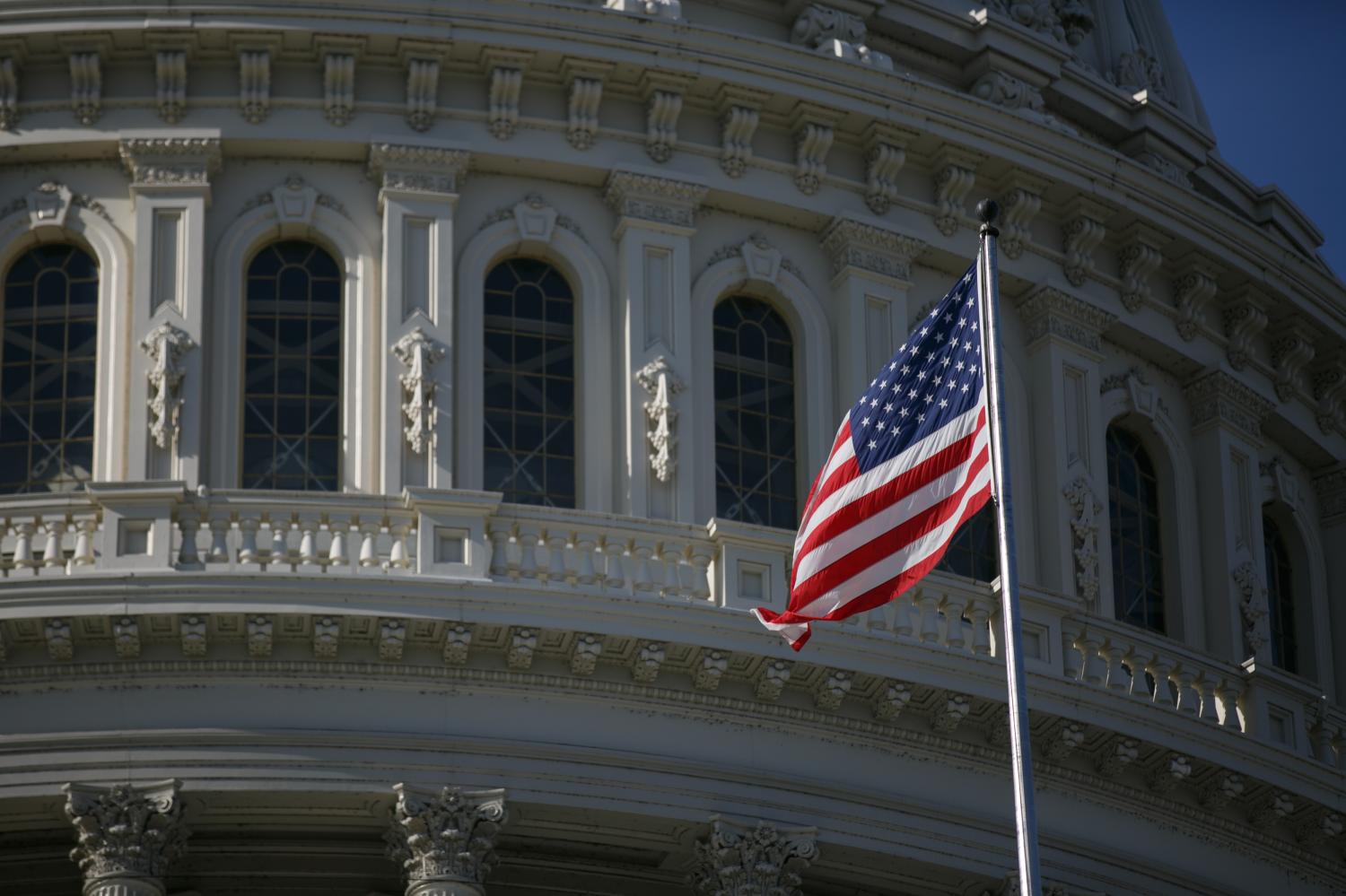

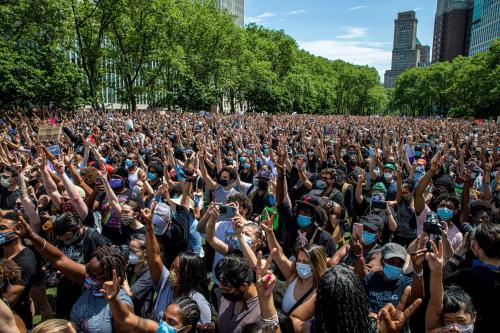
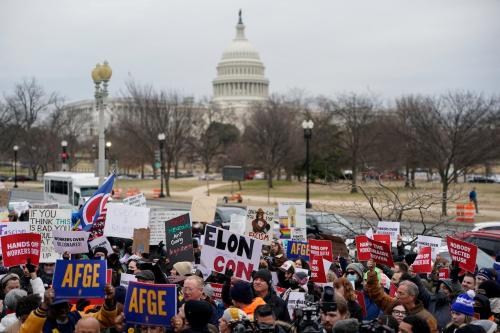
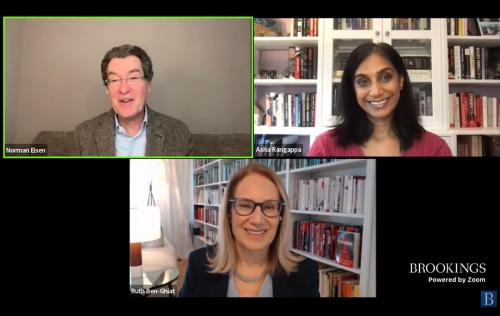

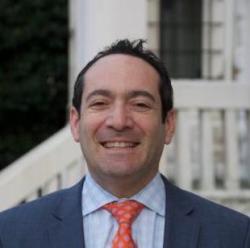

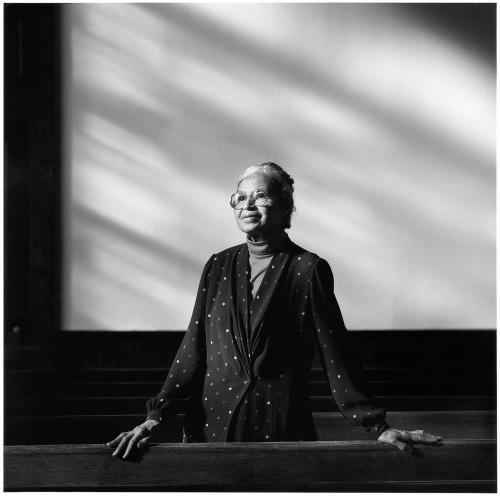
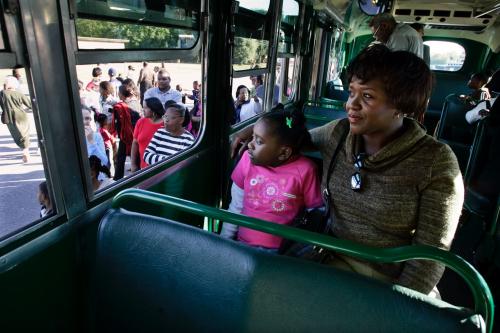
Commentary
Op-edDefending American arts, culture, and democracy
February 28, 2025